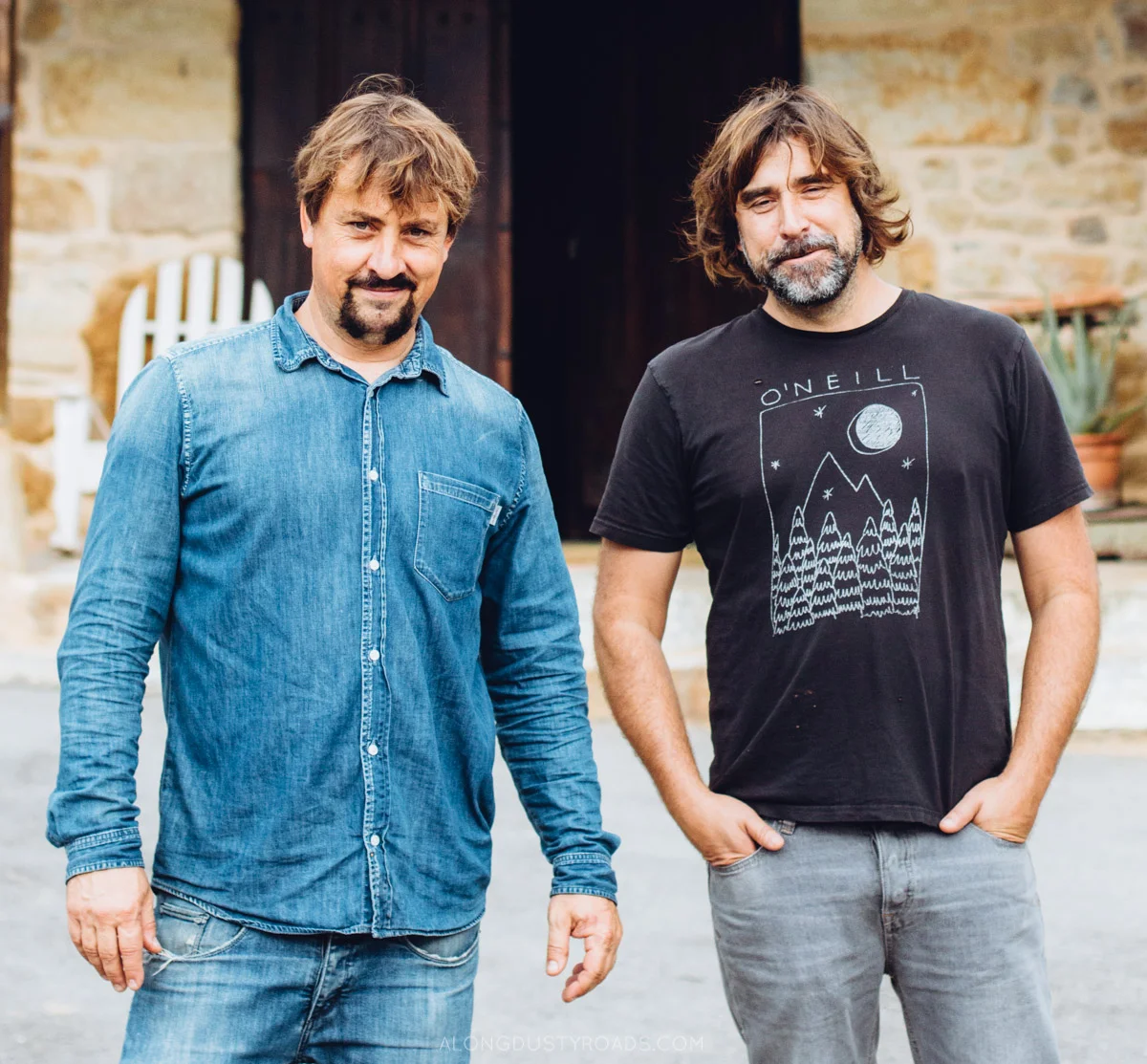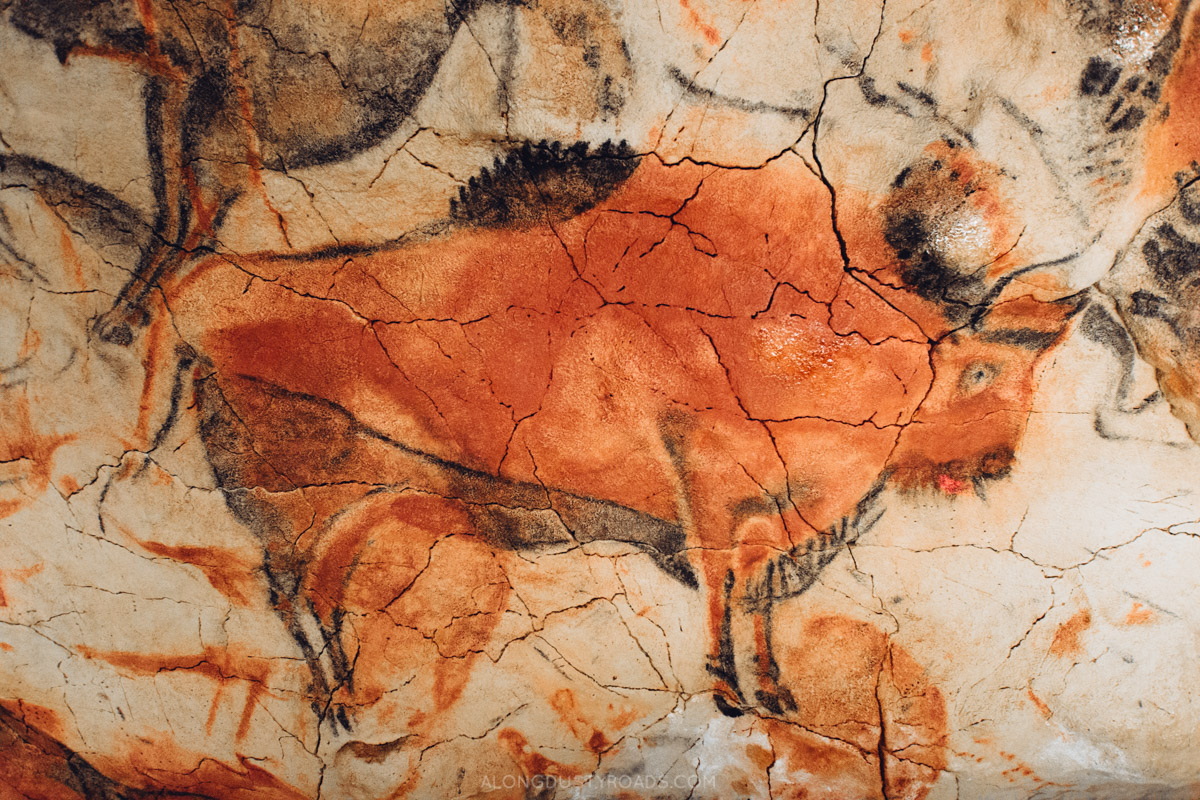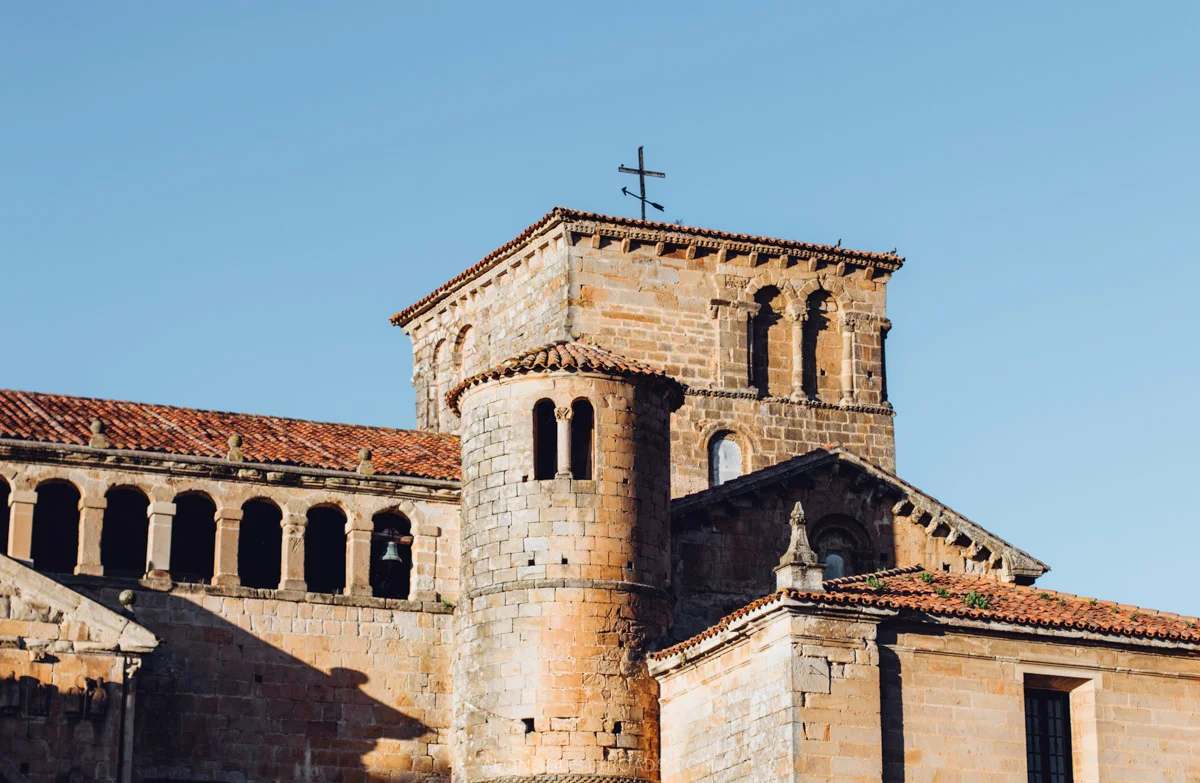Passion.
What does it mean to you? Is it the drive that gets you out of bed in the morning or the emotion with which you fall into the sheets in the evening?
For us, it is this blog. It means leaving behind a life of security, and taking a risk on something that makes us smile. There is an old adage that states should you find a job that makes you happy, then you'll never work a day in your life.
After spending time in Cantabria, it is clear that passion is what propels many people in this tiny region of Spain - and what has created a place full of verdant vineyards, spectacular palaces and, probably, the most impressive historical site we've ever seen.
This is where we found passion and inspiration in Cantabria, Spain.
The Two Brothers
The clouds hung low over the Cantabiran countryside, the land of mountains to which we had just arrived. Rolling hills of green stretched far into the distance, the only disturbance to the undulating view being patches of vine, vintage stone farm houses and groups of short-legged horses that proved ubiquitous to the region.
Our first stop here lay at the end of a dirt road, a road not entirely suitable for our asphalt-loving minivan - Bodegas Vidular. Run by two incredibly likeable brothers, Jon and Mikel, this winery is a very perfect example of what it means to follow your dream.
“I work in the office and Jon works in the vines. His hands are softer than mine.”
Swapping city streets for country life, they have created a winery that produces not only an excellent white, but the region's only cava (although they can't quite call it that...), produced in their very own cave. Paired with what Mikel proudly proclaims to be the best anchovies in the world, and served in their lovingly restored 18th century farmhouse, even at 10.30 a.m., there could be no better introduction to the delightful Cantabria.
A history that's difficult to comprehend
In 1868, a fantastic discovery was made.
A cave, hidden for thousands of years, discovered by a little girl in the tiny village of Altamira. And here, protected from the elements for longer than we can conceive are paintings far older than we have ever, or likely, will ever, see - cave paintings that date back more than 36,000 years (and no, we haven't added too many zeros).
Beautiful ochre red renderings of wild animals, painted in the dim light of burning fat are evidence of artistry from ancestors we barely consider, and a gentle reminder that really, we're really all so very insignificant - but a blip in the universe.
Archaeology, palaeontology, my dad's collection of fossils and Indiana Jones, none have really been of great interest to me in the past, yet, here, I was lost for words and filled with a thousand questions all at the same time.
In Cantabria, a region full of beautiful palaces and bountiful vineyards, and yet, it is a cave that is the one thing that, certainly in our eyes, you just can't miss.
Pssst, we should mention that the actual Altamira Cave is no longer open to the public - us humans have a way of ruining things. However, they have recreated a perfect replica that completely blew us away.
El Capricho de Gaudi
Sunlight reflects back off a wall of ceramic sunflowers as we pass into a garden shaded by a minaret-like tower. We were a long way from Barcelona, but this fairytale house could only have been designed by Gaudi. In fact, El Capricho, perched on a hillside in the seaside town of Comillas, is one of only three works built outside his hometown in Catalonia.
“La única diferencia que hay entre un capricho y una pasión eterna es que el capricho dura un poco más de tiempo.”
Commissioned in 1883 by Maximo Diaz de Quijano, this grand design was a study in opulence as much as a visual story of the owner's passion for music: a stained-glass window featuring a blackbird playing the piano and a dragonfly playing the violin; wrought-iron balconies that curl to create staves and windows that emit music when opened. 'Whimsical', as the name suggests, we can certainly agree
Remarkably, for a Gaudi design, El Capricho has had a fairly underwhelming history. Maximo died in it a week after moving in, a nephew made catastrophic changes, the family struggled to sell and it spent some time as a Japanese-owned restaurant.
Now however, having recently passed its 130th birthday, it appears that this fantastic building has found its place as a museum, and a group of passionate individuals that will forever keep Comillas' link to Gaudi alive.
A palace for a king... and a queen!
Overlooking Santander and the wild waters of the Bay of Biscay, there sits a palace that was once a great love of the Spanish Royal family.
Gifted by the city at the turn of the 20th century, Palacio de Magdelena offered King Alfonso XIII and Queen Victoria Eugenia a summer home for 17 seasons - a wonderful respite from the stifling heat of the south, and a chance for Santander to gain some prestige.
Sold back to the city for 150 million Pesatas (the King's son, Don Juan de Borbon was clearly quite the astute business man), the palace has undergone somewhat of a face-lift, transformed into a popular spot for important government events, conferences and even the Menéndez Pelayo International University summer school.
Whilst the inside of the palace, lacking so much of the finery one comes to associate with royalty, is a little lacklustre, you'd be remiss to not venture up to the peninsula upon which the palace sits and enjoy the wonderful views below.
The Town of Three Lies
“La ville de tres mentiras puesto no es santa, no es llana y no tiene mar.”
Santillana del Mar; a curious name for a curious town.
A town with no saint, built on a hill and far from the Cantabrian coast, we suspected that this nomenclatural anomaly may be the most interesting thing about this small settlement nestled in the west of the region, around 18 miles from Santander.
Within moments of arriving however, it became overwhelmingly clear that this pretty town has much more to offer those that tread its streets than simply a story. Perfectly preserved, this medieval masterpiece at times feels like exploring a film set, the abundance of gift shops touting local memorabilia is one of the few cues that these days, Santillana del Mar is a place for tourists, not duelling knights.
With two large streets that run through the town square like an artery, it takes little time to explore - and as a bonus, is almost impossible to get lost in.
A Friendly Business
We stood atop a hill, surveying the vineyard that spilled out below. The weather was perfect, and without a cloud in the sky the view stretched all the way across terracotta rooftops and to the aquamarine waters of the bay. A wonderful day for a walk among the vines, an even better day to experience our first harvest.
Rough hands attached to strong arms effortlessly threw crate after crate of bulbous green grapes into the back of a tractor, whilst a rag-tag group of sun-beaten assistants collected stragglers clinging to the remaining branches.
To the uninitiated this may have looked like a scene typical across to the region, a collection of farm hands going about their job. However, this vineyard was not run with wage slips alone. No, come harvest time, it was friends that donated their days.
Bodega Miradorio de Ruiloba is in existence because of five individuals that wanted more than simply a good job in the city - it thrives because of friends that want to see them succeed.
Happenstance at Palacio de la Peña
Hiding from the rain on the second floor of Palacio de la Peña, we were all engrossed by Manuel, a devastatingly charming man who was clearly one of life's great storytellers.
“It was a terrible hangover, so I went out to find some strong coffee and fresh tobacco - and came across a property magazine. Here, hidden in the pages was a tiny picture listing this place for sale. Of course, it was a ruin, nothing like the palace it is now - so I bought it immediately. I must still have been drunk.....”
Born with a passion for the old, Manuel had spent his life restoring beautiful old buildings back to their former glory. An established architect, he had redeveloped countless period properties, yet it wasn't until a moment of happenstance more than 20 years ago that he found his own.
And perhaps, he saved the best for last. Set amongst large gardens, this beautiful hotel is full of what you'd expect from a 16th century building - antiques collected over Manuel's lifetime, a real sense of history, and a glimpse of what life may well have been like all those years ago.
like it? pin it!
This article is written in partnership with Spain Tourism Board and the local tourism board of Cantabria, and in cooperation with The Travel Mob as part of the #InGreenSpain campaign. All opinions are our own and based on personal experience.



























